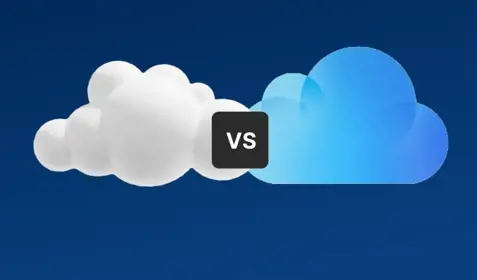It’s time for the latest installment of our six-part series on how to launch an effective backup and disaster recovery strategy. Last week we discussed the process of deciding what data to backup. This week, we’re talking about how to decide where to store all of that important business information.
After identifying what you’ll be backing up, it’s important to know where you’re going to put it. While there are many variations on this – tape, hard drive, network attached storage (NAS), storage area network (SAN), private cloud, public cloud, etc. – they really boil down into two types: onsite and offsite.
Onsite backup is stored on a local device such as a NAS or SAN. Onsite backup allows you to recover data quickly but is vulnerable to disasters like fire and flood since the local backup is in the same place as your original device. Offsite backup, such as backing up to the cloud, means that restoring the data might take a little longer than a local backup, but you’re safe from local disasters.
Pro Tip: A good rule of thumb is to follow the 3-2-1 Backup Rule
That means having 3 copies of your data in 2 different locations –1 of which is offsite. Using both local and cloud backup together will make sure that you have those 3 copies, both at your place of business and in the cloud — which serves as your offsite copy.










